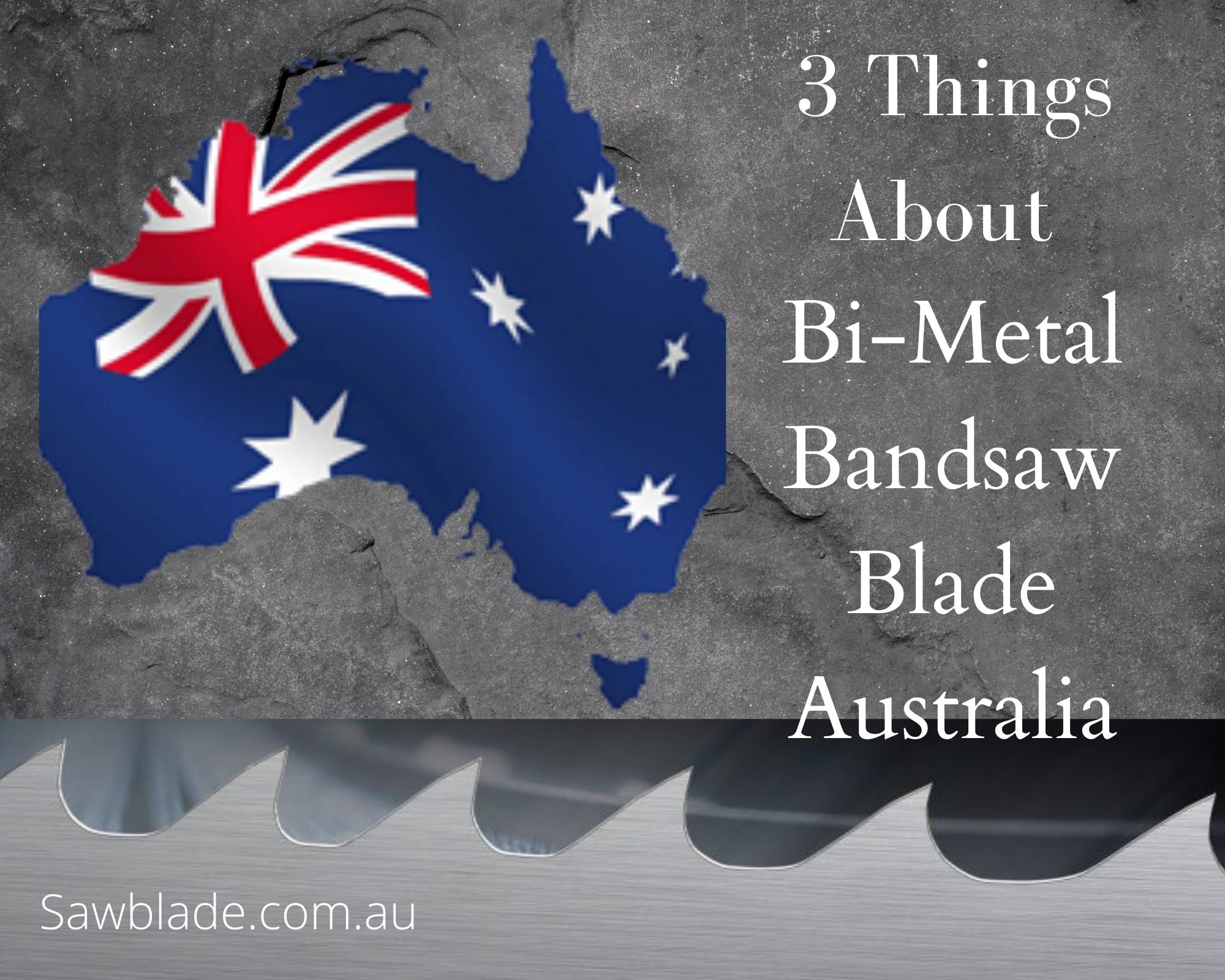
3 Things About Bi-metal Bandsaw Blades Australia
3 Important Things About Bi-Metal Bandsaw Blades in Australia
There are relevant things you need to know about bi-metal Bandsaw Blades in Australia. These will help you understand more about choosing the perfect blades for your machine.
4 Types of Bi-Metal Bandsaw Blades
There are normally four types of bi-metal bandsaw blades you can choose from;
- The Bi-alfa cobalt extreme M51 bandsaw blade type consists of an alloyed steel backing with high chromium content together with an HSSCo-M51 (contains 12% cobalt) cutting edge. Indeed, this is the best use for cutting solid, thick-walled tubes and all high-grade alloy materials.
- The Bi-alfa cobalt M42 blade type has HSS-M42 cutting tips. Therefore, this type of bi-metal bandsaw blade can resist heat and withstand flexing tension and pressure from the blade guide.
- The Bi-alfa cobalt master Supreme is the type of blade best for precise perpendicular cuts. Bi-alfa cobalt master supreme has an excellent surface finish on most materials to cut. Further, It ensures high efficiency through its HSSCo-M51 tooth tips that allow cutting materials with a hardness of up to 50HRc (1600 N/mm2). The cutting tips are high heat and mechanical wear resistance that ensures longer blade life.
- The Bi-cobalt RP type of blade is an extension of bi-alfa M42 with a tooth shape. It can cut at a 16-degree angle with enough tooth strength. Hence, Bi-cobalt RP blade teeth are ideal for cutting hard materials.
Structure of Bi-metal Bandsaw Blades
The bi-metal bandsaw blades consist of high-speed steel teeth with flexible alloy steel. These blades have the capability to cut different types of materials as well as metals. Furthermore, bi-metal blades are durable, long-lasting, and cost-efficient.
Power of Bi-Metal Bandsaw Blades
Small and large manufacturers, repair shops, and fabricators around Australia use bi-metal blades. Indeed, the primary purpose of a bi-metal bandsaw blade is to cut a variety of materials. Most common are steels like stainless, carbon, structural, die, tool, pipes and tubes, angles, and mixed metal applications.
Are you ready to purchase bi-metal bandsaw blades? Request a quote, or use our special Build Your Blade Website Form. You can also reach the company directly on 03 9005 7931.
Click this link for more tips on Picking The Right Bandsaw Blade.


 Shipping Australia Wide
Shipping Australia Wide



















